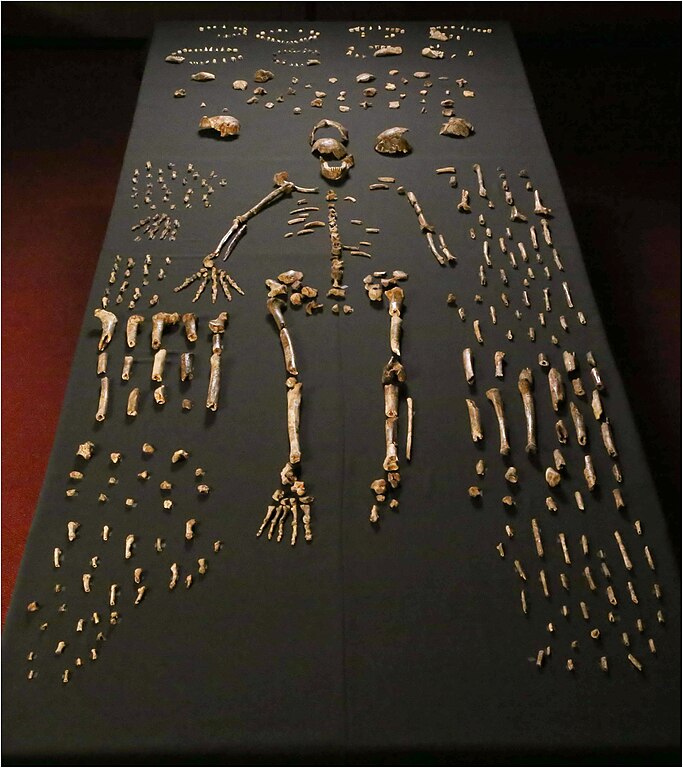Paleontologists in South Africa have discovered the oldest known burial site in the world. The site contains the remains of a distant relative of humans with a small brain, previously thought to be incapable of complex behaviour.
In 2023, researchers announced that they had found several specimens of Homo naledi buried about 30 meters deep in a cave system in the Cradle of Humanity, a UNESCO World Heritage Site near Johannesburg. According to experts, Homo naledi may have lived in the Middle Pleistocene era.
Oldest known burial place
The scientists wrote in their study: “These are the oldest human burials recorded so far, that is, at least 100,000 years before the burials of Homo sapiens.”
The findings pose a challenge in terms of the current interpretation of human evolution, because until now it was thought that the evolution and growth of the brain made it possible to carry out such complex, “meaningful” activities as, for example, burying the dead, he writes. Science Alert.
To date, the oldest burial sites excavated are approximately 100,000 years old and contain the remains of Homo sapiens. On the other hand, the current results go back at least to BC. And they go back to 200,000.

Homo naledi bones. Photo: Lee Roger Berger's research team/Wikimedia
The remains belong to the species Homo naledi. Homo naledi was a primitive species that was a hybrid between apes and modern humans. His brain was about the size of an orange and approx. Its length should be 1.5 meters. Our distant relative had fingers and toes, hands that used tools, and feet designed for walking.
Naledi means star in the Sotho language. The species gets its name from the Rising Star cave system, where the first bones associated with it were found in 2013.
Many were shocked when, in 2015, paleontologist Lee Berger, whose previous discoveries had been supported by National Geographic magazine, first suggested that Homo naledi was capable of doing more than the size of its head and brain suggested. “It was too much for scientists at the time,” Berger said.
These findings require further analysis, but are already certain to “change our view of human evolution,” the researchers wrote.
Image of a Homo naledi skull here can be seen.
Worth reading:
Our featured image is an illustrative example.






